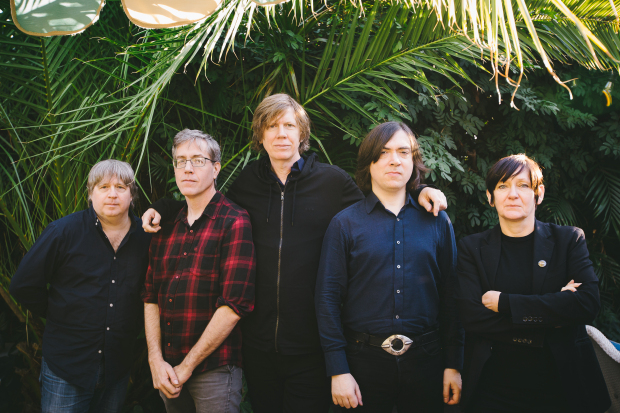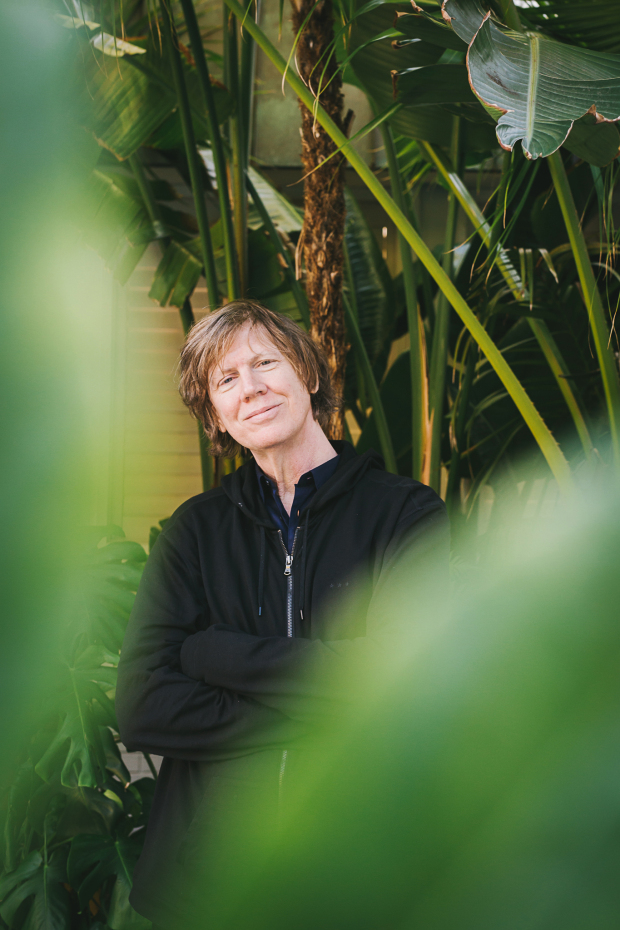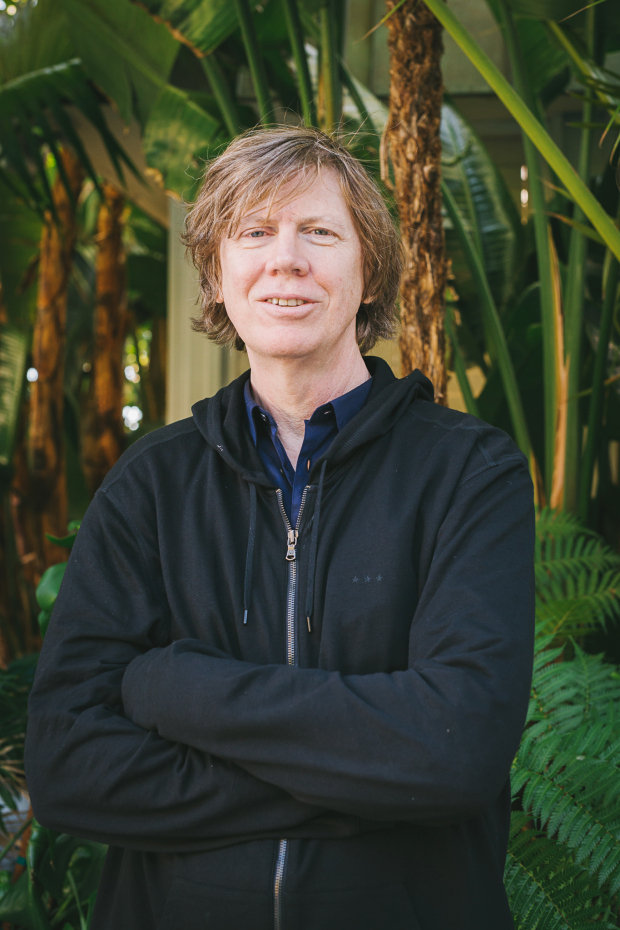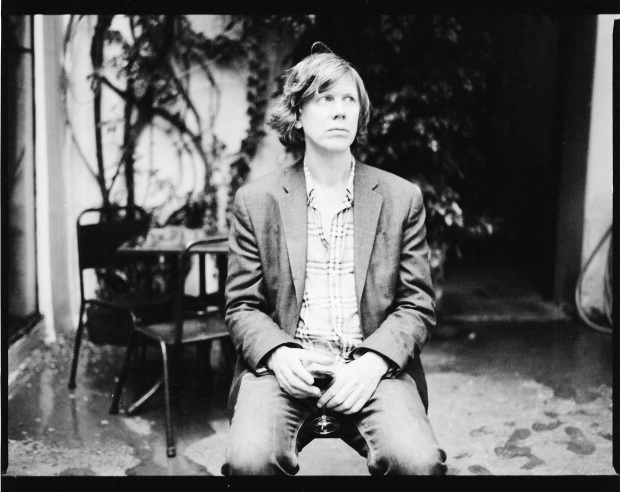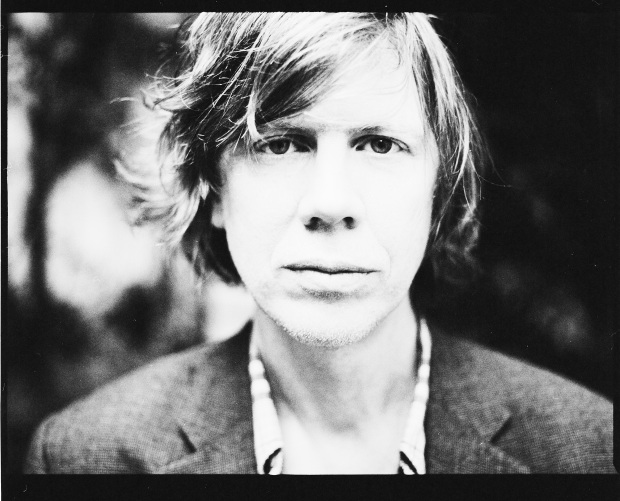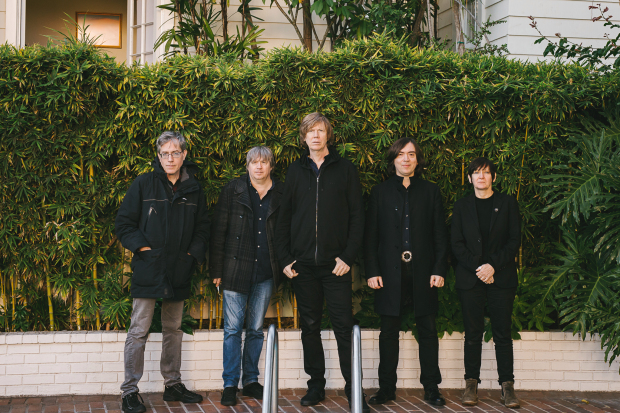Just as Thurston Moore’s longtime band Sonic Youth sculpted experimental symphonies into rock and roll shapes, the guitarist says his new solo album “By The Fire” was forged from all the sounds and styles he loves.
His previous release, the 2019 box set “Spirit Council,” collected three long-form guitar compositions, each refined over tours in recent years and all running long enough to fill their own CD. That project behind him, Moore says he wanted to return to the tighter format of a single album.
“I love records and CDs and cassettes,” Moore says from his home in London recently. “I like the strictures, having these boundaries imposed. And coming out of (“Spirit Council”), I’m working toward that.
“Thinking that I didn’t want to repeat that kind of project again, but I wanted to retrain some of my interest in it,” he says. “So we recorded some songs that sort of took cues from that, and I was very conscious in truncating the songs to more sort of digestible nuggets, I guess.”
The nine tracks on “By The Fire” range from the multi-movement “Locomotives,” which at nearly 17 minutes is the longest number of the album, to the sludgy-and-melodic “Cantaloupe,” the shortest at under 5 minutes.
“I was trying to sort of find a balance between just rocking out and getting my feet wet with more experimental guitar music, and finding some kind of unification there,” he says.
The fact that the album fits together into a narrative whole is something of which he’s proud, especially given the disparate origins of the music on the record. Some were written for the 2017 album “Rock n Roll Consciousness” but didn’t fit onto that album. Others were reworked from longer forms on his recent tours.
“‘Venus’ I really truncated because we were playing that live at the end of this touring, and I mean, again, it was 20-30 minutes long,” Moore says, laughing as he admits that “On the record, it’s an easy 12.”
When the story of the songs fell into sequence, Moore says he felt good in part because, of all things, a documentary he’d seen on the Rolling Stones’ classic album “Exile On Main Street.”
“I was kind of intrigued when I saw an interview with Mick Jagger about ‘Exile On Main Street,’ talking about how he was taking music from the [earlier] ‘Sticky Fingers’ sessions and then a few other things they’d recorded after that,” Moore says.
“And I remember in my youth buying that record at the time and just thinking how remarkable it seemed as a narrative,” he says. “I was really impressed, so I kind of was referencing that when I made this record.”
His musical roots before Sonic Youth formed in 1981 in New York City drew from the parallel springs of punk rock bands and experimental guitar ensembles.
“There’s such a beauty to the economy in songwriting that I was inspired by in punk rock,” Moore says. “A band like the Minutemen were just so spectacular in being able to write these loaded pieces of music within a minute or two.
“But I also came out of playing in this diaspora of downtown New York guitar composition with Glenn Branca and Rhys Chatham, and longer, minimalist composition,” he says. “It’s always been about a way of unifying more heady experimental ideas into a traditional rock and roll format.
“I mean, Sonic Youth was all about that, even though we never really discussed it,” Moore says. “It wasn’t really analytical, we’re just young people starting a band. We wanted to be a band like Television or Talking Heads, you know, or Gang Of Four.
“But we also wanted to deal with a lot of these music ideas that we had gleaned in that scene in downtown New York.”
Sonic Youth, which included bassist Kim Gordon, to whom Moore was married for 27 years, guitarist Lee Ranaldo and drummer Steve Shelley, went on hiatus, possibly permanently in 2011 when Moore and Gordon’s marriage ended.
After moving to London a few years later, Moore found like-minded musicians with whom to work on his solo projects, including bassist Deb Googe of My Bloody Valentine and guitarist James Sedwards. His old bandmate Shelley and Jem Doulton alternate on drums, with electronics by Jon Leidecker, aka Wobbly, of the San Francisco-based music collective Negativland.
“Environment is definitely a factor,” Moore says of the place and people on recent work. “I would say even more so is age. I think my relationships with these musicians is really defined a lot by just getting together with them in my late 50s and 60s, which is quite different than working with musicians in your early 20s.
“That experience I had of working with Sonic Youth was a completely democratic concern, it was four people together, working within the form of a sonic democracy,” he says.
Today, as CEO, in effect, of the Thurston Moore Group, it’s good to be able to make decisions on his own, Moore says, and trust in the musical decisions of veteran musicians with years of experience on the road and in the studio.
“I think it’s good to act your age when you’re in a band,” Moore says. “Because historically, working in bands you’re kind of in an arrested development. That happens a lot in groups. I know it was in Sonic Youth, and it was sometimes a little hard to grow out of. But we did.
“That’s the one thing that really sort of fractures bands to begin with,” he says. “I mean, historically bands don’t really last more than five years, six years, and we lasted almost 30 years.”
The album had just been recorded when the coronavirus pandemic erupted and life went on lockdown. In quarantine, Moore says he’s been writing a long-planned book, mining his own life and career to illuminate “what it is that informs people to become devoted to a vocation.”
The book begins with considerable time on his teenage years and the music and artists from about 1975 to 1982 that helped shape who he became.
“In that period, it was so just completely rapacious, completely rampant with all of these kind of documents coming out of the margins of music,” Moore says, citing Patti Smith‘s first single “Hey Joe” and its effect upon him.
“And then it morphed into how it brings you to physically go into New York City and just like what New York is in the 1970s, and the people that you begin interacting with,” he says. “Focusing on that and just slowly moving through those days to the formulation of Sonic Youth, that becomes this more kind of singular thing, this entity that sort of moves through the ’80s.”
Its title is “Sonic Life” and Moore says he’ll likely publish it in 2021, adding his own voice to other books that have been written about Sonic Youth and its influential career.
“There’s some intricacies that are not out there that I feel like I can put out there for other geeks and nerds such as ourselves,” he says. “For the most part, it’s about the aesthetics of process, you know, directly related to what we were up to.”
